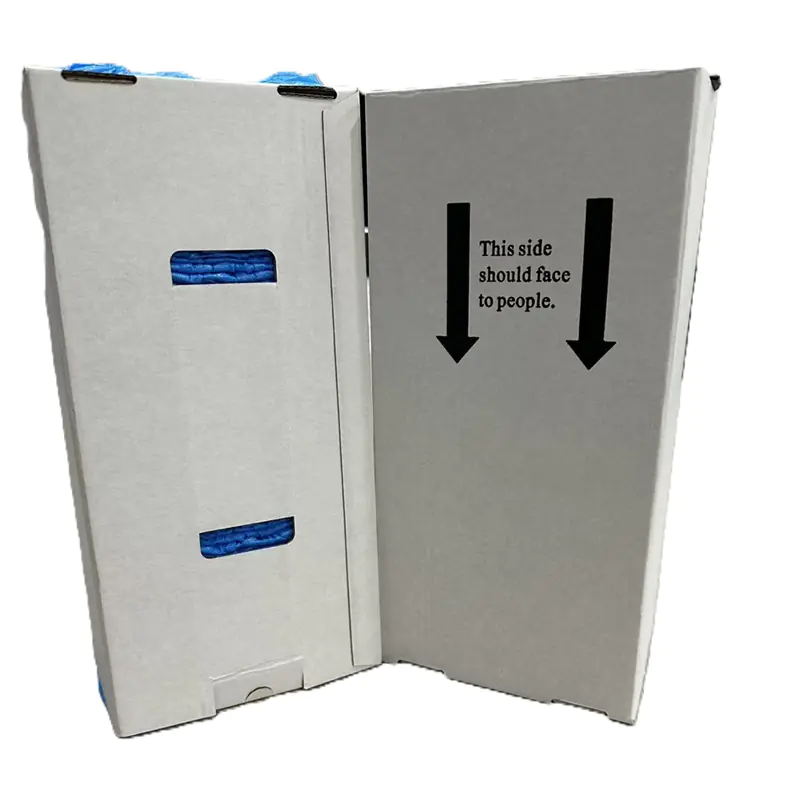Navigating the world of medical protection can sometimes feel like deciphering a foreign language. Among the various protective garments, isolation gowns come with their own set of standards and classifications. Today, let’s decode the mystery between Level 1 and Level 2 isolation gowns.


Introduction: The World of Medical Protection
Medical environments expose professionals to myriad risks. The right protective gear can mean the difference between safety and vulnerability. But how do you choose the right gear? By understanding its specifications, of course!

Breaking Down Isolation Gown Levels
While there are several levels of isolation gowns, for the purpose of this article, we’ll hone in on the first two.
The Basic Understanding of Levels
Much like karate belts, the levels of isolation gowns represent a progression in protection. But, instead of fending off flying kicks, they’re guarding against contaminants.
Level 1 Isolation Gowns: Features & Use Cases
Think of Level 1 as the beginner’s belt. These gowns offer minimal barrier protection and are ideal for places with low risk, like basic patient care, standard isolation, or a visitor’s cover in hospitals.

Level 2 Isolation Gowns: Features & Use Cases
Moving a notch higher, Level 2 gowns offer additional protection against liquid. They’re best for procedures where there’s a potential for light to moderate fluid contact. Think about tasks in the ICU or a pathology lab.

Materials and Construction
Though both gowns aim to protect, their composition varies. Level 1 gowns might be made of basic materials like spunbond polypropylene, whereas Level 2 gowns often use more fluid-resistant materials.
Barrier Protection: A Comparative Look
Barrier protection is a gown’s ability to keep harmful elements out. Imagine you’re wearing a raincoat. A Level 1 gown is like a coat for light drizzles, while Level 2 is for heavier rain. It’s not for a downpour, but it’ll keep you dry in moderate rain.

Testing and Certification Standards
Certifications ensure gowns meet specific standards. Level 1 gowns undergo minimal testing, ensuring basic protection. Level 2 gowns, on the other hand, are subjected to more rigorous tests to verify their enhanced protective capabilities.
Cost Implications and Availability
Economics 101: higher protection often means a higher price tag. Level 2 gowns, due to their enhanced features, may come at a premium. But remember, the cost of safety is often priceless.
Making the Right Choice: Factors to Consider
When choosing between Level 1 and Level 2, consider the environment, risk level, duration of use, and potential exposure to contaminants. Sometimes, paying a bit more for peace of mind is worth it.

Conclusión
In the grand arena of medical protection, knowing the difference between Level 1 and Level 2 isolation gowns empowers professionals to make informed decisions. After all, knowledge isn’t just power; it’s protection.
Preguntas frecuentes
- Why are there different levels of isolation gowns?
Different levels cater to varying degrees of protection based on the environment and associated risks. - Can Level 1 gowns be used in surgery?
No, surgeries typically require higher levels of protection due to the potential for fluid exposure. - Are Level 2 gowns reusable?
It depends on the manufacturer’s guidelines. Some may be reusable after proper sterilization, while others are strictly disposable. - What’s the main difference between Level 1 and Level 2 gowns?
Level 2 gowns offer higher fluid resistance compared to Level 1 gowns. - Where can I find the certification of an isolation gown?
Certifications are typically provided by the manufacturer, often on the product label or accompanying documentation.










